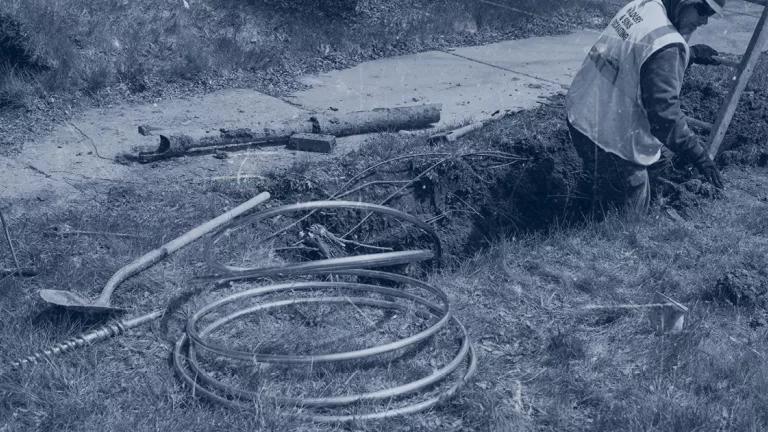
An unusually large number of people sickened by a disease in a certain place and time is known as a 'disease cluster'. Clusters of cancer, birth defects, and other chronic illnesses have sometimes been linked to chemicals or other toxic pollutants in local communities, although these links can be controversial. There is a need for better documentation and investigation of disease clusters to identify and address possible causes. Meanwhile, toxic chemicals should be identified and controlled through reform of the Toxic Substances Control Act (TSCA), so these chemicals don't pollute communities and sicken people.
Due to a lack of resources, the limited statistical power in doing investigations of small communities or rare diseases, and a lack of knowledge about exposures, it has been difficult for state and federal agencies to shed light on most disease clusters and their causes. There is a need for better documentation and investigation of disease clusters and their causes.
Disease Clusters in Some Selected States
Thirteen states -- Texas, California, Michigan, North Carolina, Pennsylvania, Florida, Ohio, Delaware, Louisiana, Montana, Tennessee, Missouri, and Arkansas -- were chosen for analysis based on the occurrence of known clusters in the state, geographic diversity, or community concerns about a disease cluster in their area.
The disease clusters spotlighted in the map above and in the factsheet series illustrate the need for:
- Directing and funding federal agencies to swiftly assist state and local officials, and investigate community concerns about potential disease clusters and their causes;
- Reducing or eliminating toxic releases into air, water, soil and food through stronger environmental controls and tough enforcement of those requirements; and
- Requiring chemical manufacturers to ensure the safety of their products.


